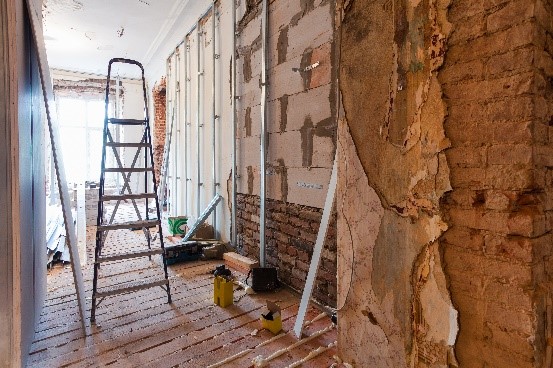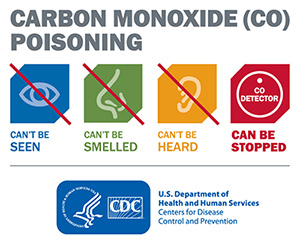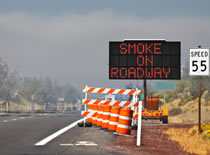Category: Toxic Substances
Renovation 101

3 environmental health hazards to consider when you “do it yourself” You’ve probably seen this familiar home improvement storyline on TV: Homeowners are excited about knocking down walls and transforming their property into the home of their dreams when (wait for it), they run into an environmental complication that requires expert remediation. Although many homeowners Read More >
Posted on by Leave a commentRenovation 101

3 environmental health hazards to consider when you “do it yourself” You’ve probably seen this familiar home improvement storyline on TV: Homeowners are excited about knocking down walls and transforming their property into the home of their dreams when (wait for it), they run into an environmental complication that requires expert remediation. Although many homeowners Read More >
Posted on by Leave a commentATSDR’s Toxic Substances Portal

ATSDR’s Toxic Substances Web Portal makes it easy for researchers and individuals to find information about toxic chemicals, understand how these chemicals can affect health, and learn how to prevent exposure. Read More >
Posted on by Leave a commentCarbon Monoxide Poisoning Prevention

Daylight Savings Time ends Sunday, November 4. As you prepare to set your clocks back one hour, remember to check the batteries in your carbon monoxide (CO) detector. If you don’t have a battery-powered or battery back-up CO alarm, now is a great time to buy one. More than 400 people die each year in Read More >
Posted on by 1 CommentCarbon Monoxide (CO) Poisoning Prevention

When power outages occur after severe weather (such as severe storms, hurricanes or tornadoes), using alternative sources of power can cause carbon monoxide (CO) to build up in a home and poison the people and animals inside. Read More >
Posted on by Leave a commentATSDR launches new Don’t Mess with Mercury Training Videos for Teachers, School Administrators, and Staff

A top priority for the Agency for Toxic Substances and Disease Registry (ATSDR) is protecting people from harmful chemical exposures. ATSDR is joining the effort to increase mercury safety. Read More >
Posted on by Leave a commentWildfire Smoke

Wildfire smoke can harm you in multiple ways. Smoke can hurt your eyes, irritate your respiratory system, and worsen chronic heart and lung diseases. This fact sheet tells you how you can protect your health and be safe if you are exposed to wildfire smoke. Read More >
Posted on by Leave a commentCarbon Monoxide (CO) Poisoning Prevention

When power outages occur after severe weather (such as severe storms, hurricanes or tornadoes), using alternative sources of power can cause carbon monoxide (CO) to build up in a home and poison the people and animals inside. Read More >
Posted on by Leave a commentA Perfect Partnership: Pediatric Environmental Health Specialty Units

How do you bridge the gap between the growing concern over environmentally related pediatric health problems and the fact that many physicians feel inadequately educated to address such concerns? Between what parents would like to know about environmental effects on their children’s health and the need for a trusted source of objective, science-based information? With Read More >
Posted on by Leave a commentTracking Program Maps Radon Exposure in Washington State

According to the U.S. Environmental Protection Agency (EPA), radon causes about 20,000 cases of lung cancer each year, making it the second leading cause of lung cancer after smoking. Radon can seep up from the ground and become trapped in buildings. The EPA recommends taking action to reduce radon in buildings that have a radon Read More >
Posted on by Leave a comment
